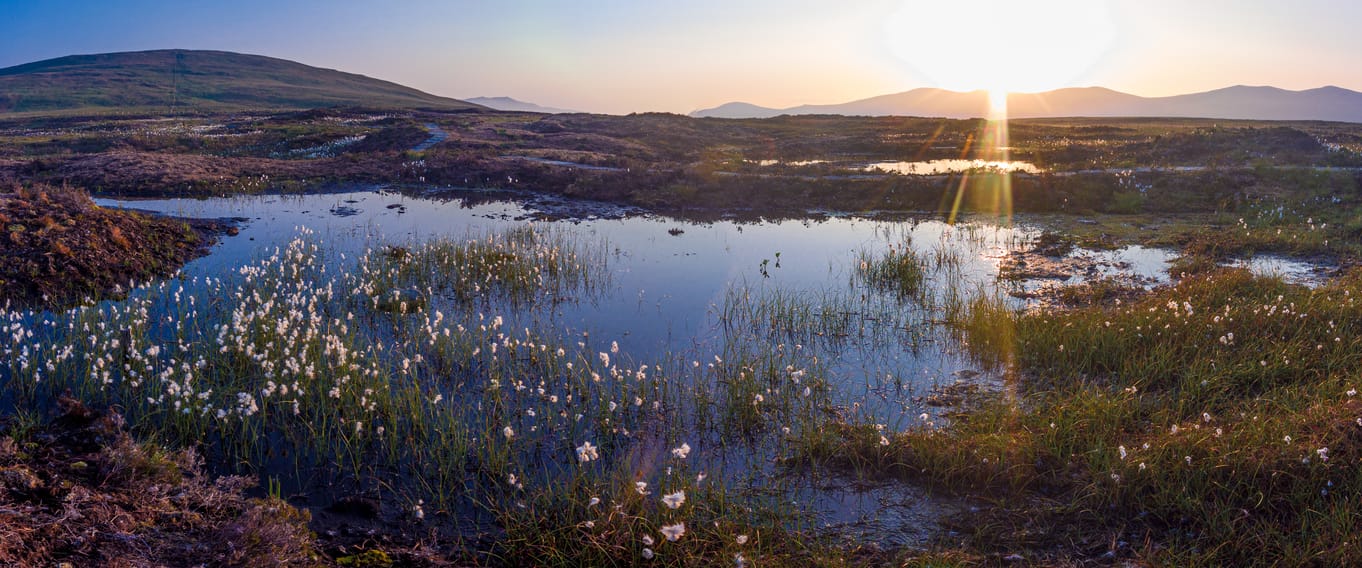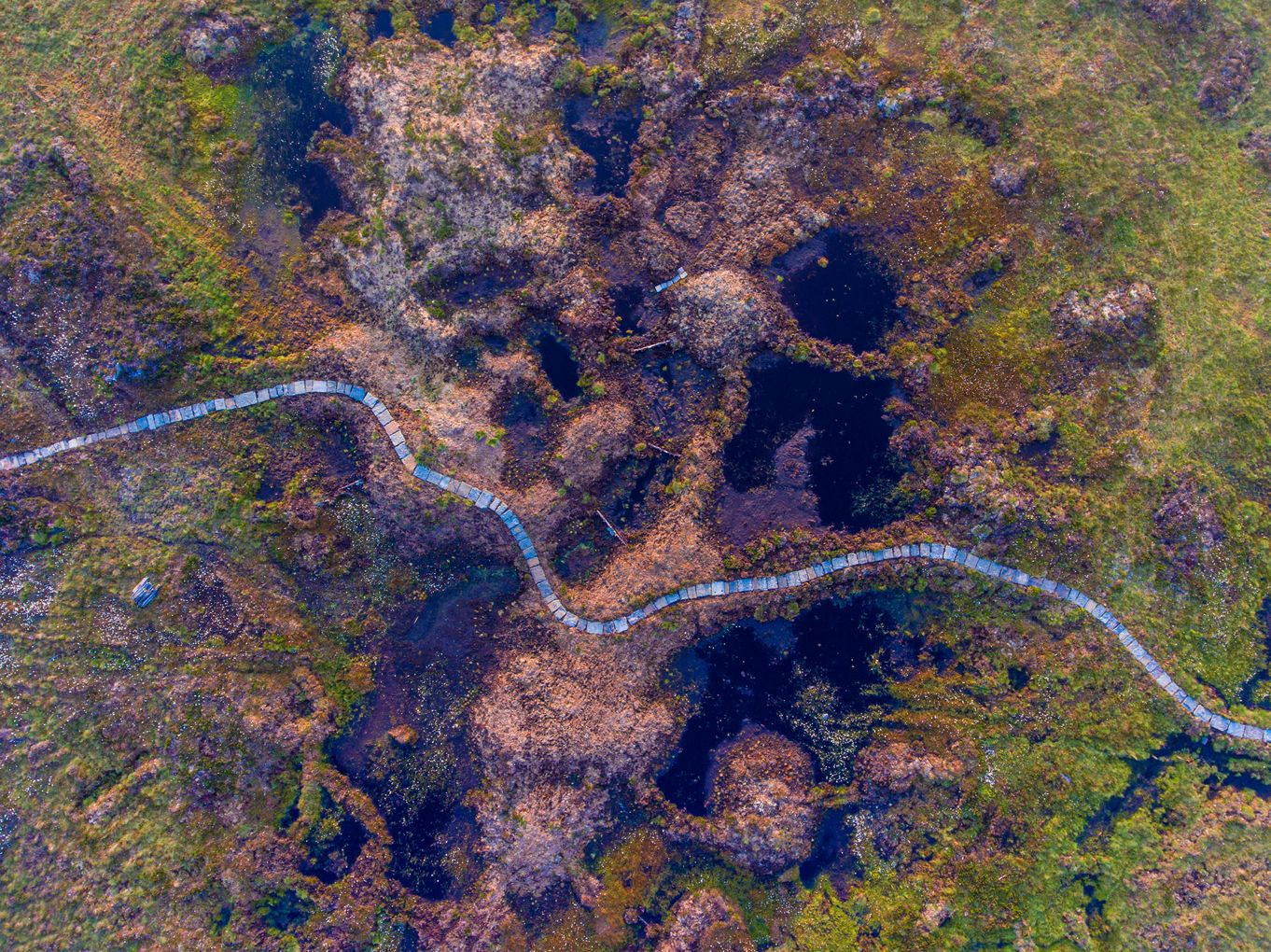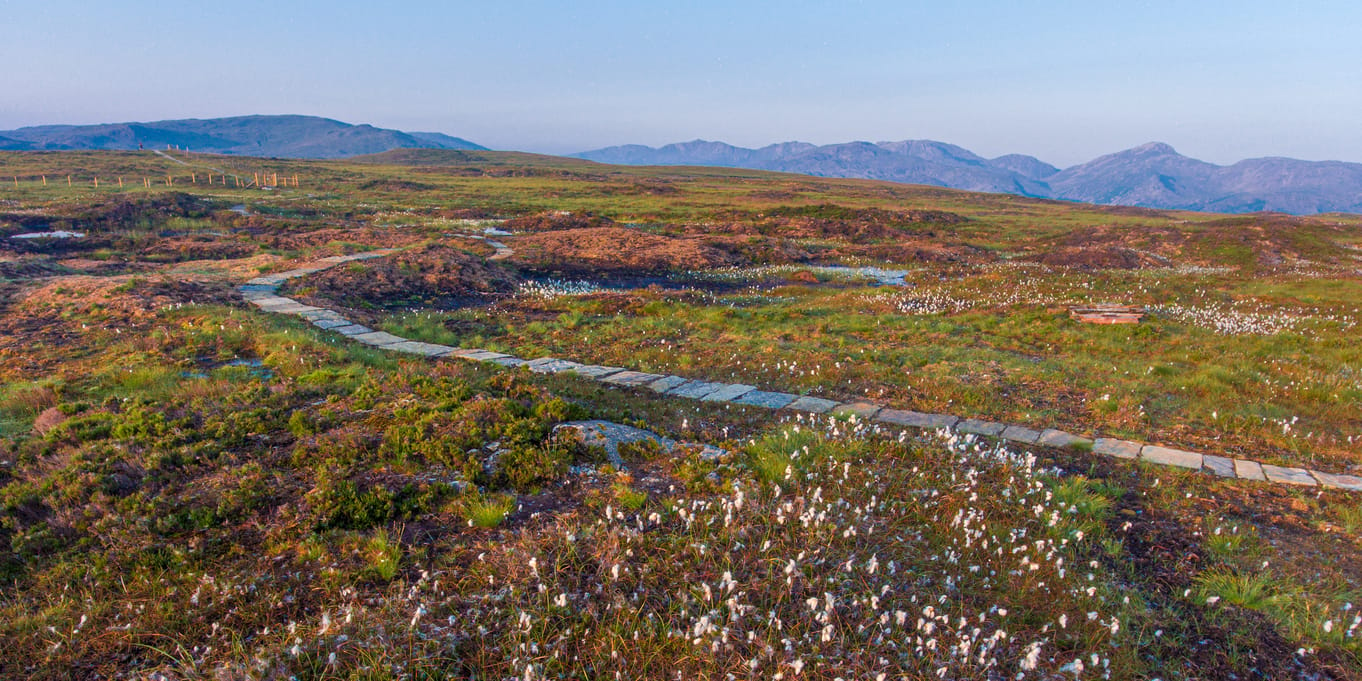Phase 3 of the Armboth Fell restoration work is about to start
Phase 3 of the Armboth Fell restoration work is about to start
Starting next week, the National Trust Riverlands project together with our partners will be working on Phase 3 of the Armboth Access project to continue repairing the extensive footpath network across Armboth fell and restore the damaged peat in this important peatland habitat.
The works are being carried out by several partners and projects including the National Trust Riverlands project, Fix the Fells, Cumbria Wildlife Trust as part of Natural England’s Nature for Climate Project and supported by United Utilities and private landowners. The Riverland’s work itself has been made possible by a generous legacy donation to help look after footpaths in our care in the Lake District.
The vast peat bog on Armboth fell has been heavily damaged by a number of activities including walkers straying off the aging footpaths in search of a dryer route. In response, the Armboth Restoration Project was put together to protect and restore this precious landscape. To do this, we are working to put in a dry and stable surface for recreational users. Limiting foot traffic to a new and improved path will prevent further erosion and damage to the delicate surrounding wetland habitat.
Riverlands ranger for the National Trust, Joe Bagnall says: “Armboth Fell is the second largest area of blanket bog in the Lake District and is a SSSI and SAC for it’s mosaic of heathland and mire habitats. With three Wainwrights along the ridgeline at Bleaberry Fell, High Seat and High Tove the need for a more resilient and defined path surface has become increasingly apparent. This winter, National Trust Riverlands in partnership with Fix the Fells, will be installing roughly 680m’s of new path surface at three sites along the ridgeline. The works will tie in to existing path networks and by providing a clear and resilient line through the peat bog they will allow an area of 3.3 hectares of damaged and at risk peat to recover, that’s roughly the same area as seven and a half football fields of priority habitat that will start to recover and function naturally, acting as a sponge to hold water on the fells and to store carbon.”
The second piece of work, that of restoring the damaged peatlands across the site of Armboth, is being led by Cumbria Wildlife Trust as part of the Natural England’s Nature for Climate project and this year it covers approximately 189ha. Past activities such as over grazing, draining and peat cutting have caused damaging features that release CO2 into the atmosphere; contributing to the climate crisis as well as allowing water to run fast off the fellside. This project will then work to stabilise the remaining peat and ensure it recovers and remains in good condition well into the future.
Nature for Climate Peatland Officer for Cumbria Wildlife Trust, Heidi Buck says: ‘The Nature for Climate Peatland Grant allows us to work on restoring some of our precious peatlands in Cumbria, allowing them the chance to recover. We’ll be working with specialist contractors to smooth over eroding edges, block up drainage features and ensure the site stays wet enough for the specialist peatland species such as sundews and short-eared owls that depend on these habitats to not only survive, but to thrive and expand.’
This third phase of the Armboth fell restoration project builds on previous work which has already made a vast improvement to the footpath and the habitat on site. In January, more materials will be air lifted by helicopter in order to complete the path work, prior to the peat restoration being carried out.
Healthy peatlands are vital to the fight against climate change. They are the UK’s largest carbon store and work to keep water in the land, protecting the landscape both during times of flood and drought. The habitat they provide is home to specialist fauna and flora which are becoming increasingly endangered. A large proportion of England’s peatlands are now damaged by drainage, heavy grazing, burning, recreational use etc. Once damaged, the peat dries up and washes away, releasing its carbon stores into the atmosphere.
This work is part of a wider project to restore the rivers and waterways in the Derwent Water catchment to a more resilient state for the benefit of both people and nature.
For more information on this and other restoration work being done across Cumbria, please visit: Riverlands projects in the Lake District | National Trust



